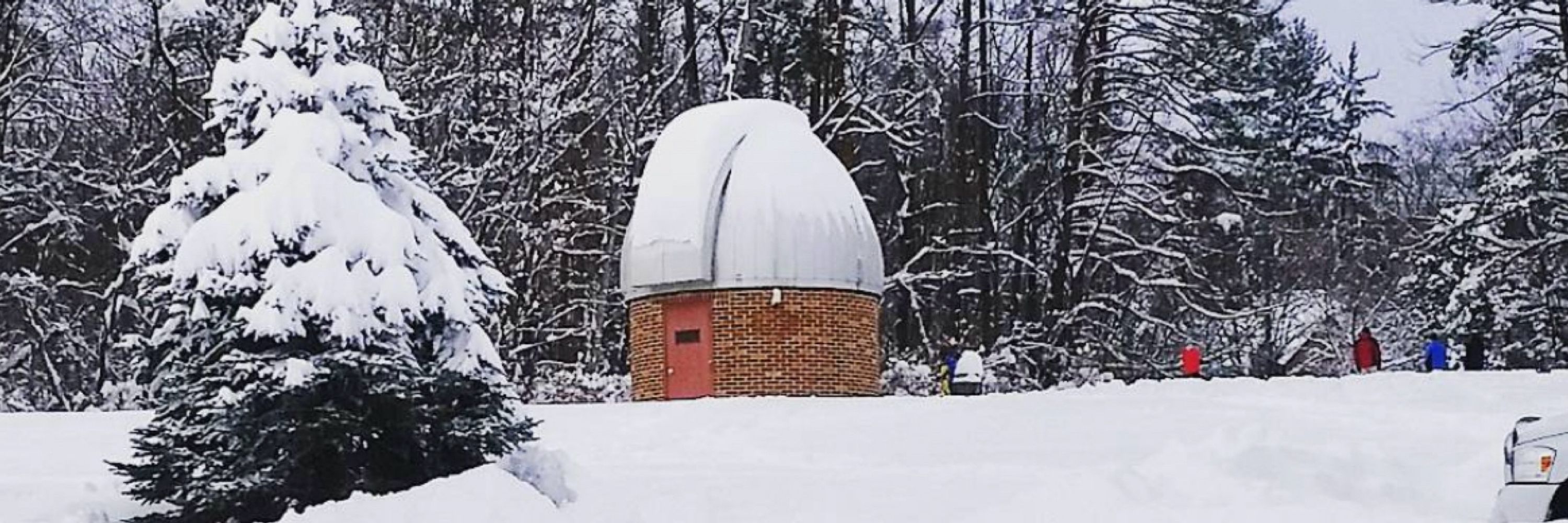

🧵
Coming April 28. The whole history of birds, from their dinosaur origins to colossal extinct penguins & terror birds, to the 10,000+ species today. From @marinerbooks.bsky.social
Preorder 👇

Coming April 28. The whole history of birds, from their dinosaur origins to colossal extinct penguins & terror birds, to the 10,000+ species today. From @marinerbooks.bsky.social
Preorder 👇
Happy to share our new study published in The Cryosphere !
doi.org/10.5194/tc-1...
We modelled the evolution of the Greenland Ice Sheet from the LGM (24 ka) to the present and learned a lot on its former history and dynamics !
@jeremyely.bsky.social @chrisdclark.bsky.social

Happy to share our new study published in The Cryosphere !
doi.org/10.5194/tc-1...
We modelled the evolution of the Greenland Ice Sheet from the LGM (24 ka) to the present and learned a lot on its former history and dynamics !
@jeremyely.bsky.social @chrisdclark.bsky.social
www.nature.com/articles/s41...

www.nature.com/articles/s41...

By 2100, warming kills this effect as the polar jet strengthens, cutting off moisture transport
A natural buffer against SLR is vanishing
www.nature.com/articles/s41...

By 2100, warming kills this effect as the polar jet strengthens, cutting off moisture transport
A natural buffer against SLR is vanishing
www.nature.com/articles/s41...
@climate-zoe.bsky.social
www.nature.com/articles/s41...

@climate-zoe.bsky.social
www.nature.com/articles/s41...
doi.org/10.1038/s415...
🧪 ⚒️ 🦣 🌊
#PaleoSky

doi.org/10.1038/s415...
🧪 ⚒️ 🦣 🌊
#PaleoSky
Late Pleistocene atmospheric dust dynamics reconstructed from sediment included in ice wedges from #Batagay and Central Yakutia:
www.nature.com/articles/s41...

Late Pleistocene atmospheric dust dynamics reconstructed from sediment included in ice wedges from #Batagay and Central Yakutia:
www.nature.com/articles/s41...
gmd.copernicus.org/articles/18/...

gmd.copernicus.org/articles/18/...
www.science.org/doi/10.1126/...

www.science.org/doi/10.1126/...
A great article! Well-researched and written, with an excellent animation that makes climate change and the associated increase in atmospheric water vapor much easier to understand!
"The water vapor in Earth's atmosphere has increased by 12 % in the last 85 years.“

A great article! Well-researched and written, with an excellent animation that makes climate change and the associated increase in atmospheric water vapor much easier to understand!
"The water vapor in Earth's atmosphere has increased by 12 % in the last 85 years.“
@adrianluckman.bsky.social @etienneberthier.bsky.social @drnaomio.bsky.social
www.nature.com/articles/s41...
@adrianluckman.bsky.social @etienneberthier.bsky.social @drnaomio.bsky.social
www.nature.com/articles/s41...
eos.org/editor-highl...

eos.org/editor-highl...
go.nature.com/3Ldj1PS

go.nature.com/3Ldj1PS

🌊 We discuss how well mechanisms of variability in the subpolar gyre are represented in climate models, finding that models that do this best are also the models in which abrupt shifts are found 😬.
It's a technical story, so here's a simple overview 🧵
doi.org/10.5194/esd-...

🌊 We discuss how well mechanisms of variability in the subpolar gyre are represented in climate models, finding that models that do this best are also the models in which abrupt shifts are found 😬.
It's a technical story, so here's a simple overview 🧵
doi.org/10.5194/esd-...
www.pnas.org/doi/10.1073/...
www.pnas.org/doi/10.1073/...


Song et al. use it on CMIP6 PMIP glacial models and find these pathways shape the AMOC response - confirming our earlier idealised results for glacial climates 🌊
www.nature.com/articles/s41...

Song et al. use it on CMIP6 PMIP glacial models and find these pathways shape the AMOC response - confirming our earlier idealised results for glacial climates 🌊
www.nature.com/articles/s41...
“The difference between decisive climate action today and continued high emissions is not just measured in degrees of warming but also in meters of sea-level rise” 👏👏👏

“The difference between decisive climate action today and continued high emissions is not just measured in degrees of warming but also in meters of sea-level rise” 👏👏👏



